News
For a printable version of this newsletter click here
Ventilation
I imagine that most of you would have had a conversation about shed ventilation with us at some point. Usually this would have been in relation to calf housing and preventing pneumonia. Well ventilated sheds are also vitally important for mastitis control in your dairy herd. Whilst the cows are out for the summer, now might be a good time to see if any improvements can be made before winter housing. The ventilation of cattle buildings should facilitate the following:
- Removing excess heat.
- Removing excess water vapour.
- Removing micro-organisms, dust and gases.
- Providing a uniform distribution of air.
- Providing correct air speed for stock.
The key points in relation to controlling environmental mastitis is the removal of excess water vapour and ensuring that the cows have a dry surface to lie on. Rather than discussing the complicated aspects of shed design to enable natural ventilation I would like to share a case study with you.
I was asked to do a mastitis control plan for a 150 cow, seasonal calving herd in November last year. The cows graze day and night in the summer and are housed in straw yards in the winter. The herd had a very high clinical case rate during the winter housing period the previous year and were currently having high bulk cell count readings. The data below shows the seasonality of the mastitis cases which generally means the mastitis is of environmental origin and milk sample bacteriology results typically would be Strep uberis or E.coli.
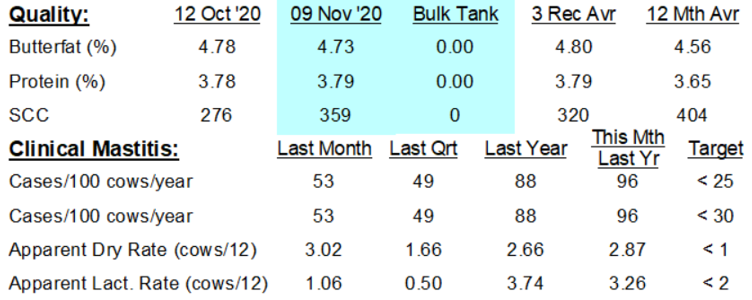
Bulk cell count 3 month average of 320 and clinical cases of dry and lactation origin are above target
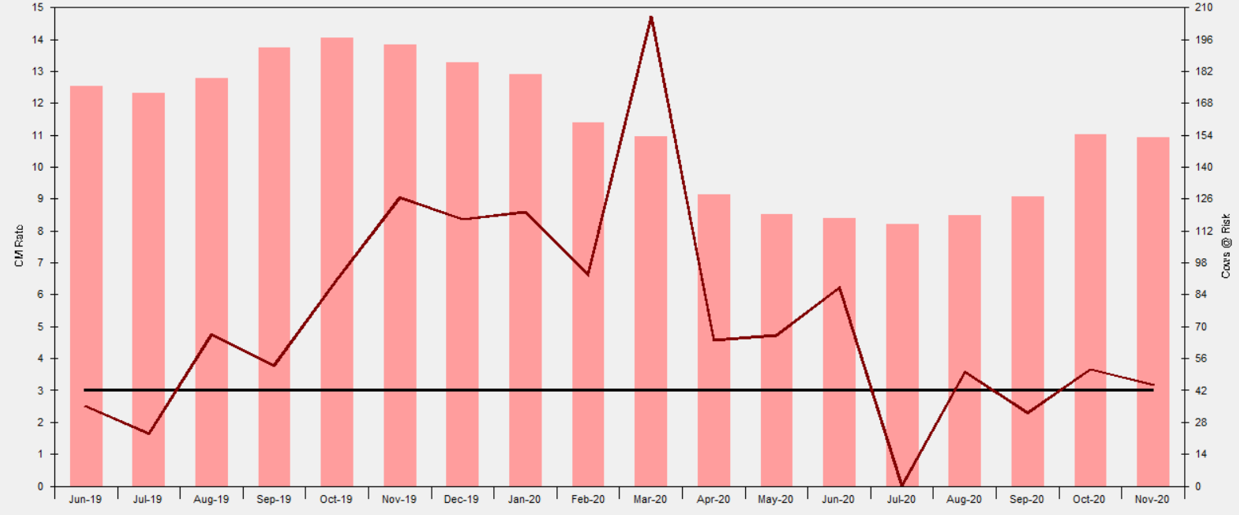
The line on this graph show that clinical mastitis rates peaked in March last year.
During my visit to the farm to go through the mastitis control plan it was obvious the management of the straw yards over the winter was going to be the area to focus on.
Straw Management
- Straw should be dry and stored under cover. Straw stored outside or considered damp should not be used in any of the cow housing.
- 0.6 tonnes of straw should be used per cow per month.
- A full clean out should be performed at least every 3 weeks, (this is already done for the milkers but not the dry/calving cows).
- Best use of straw is using 1/3 of the daily amount when adding straw in the morning and 2/3 in the afternoon.
Ventilation
Controlling the moisture content in the bedding is vital and good ventilation will help keep the top of the straw bedding dry by preventing condensation.
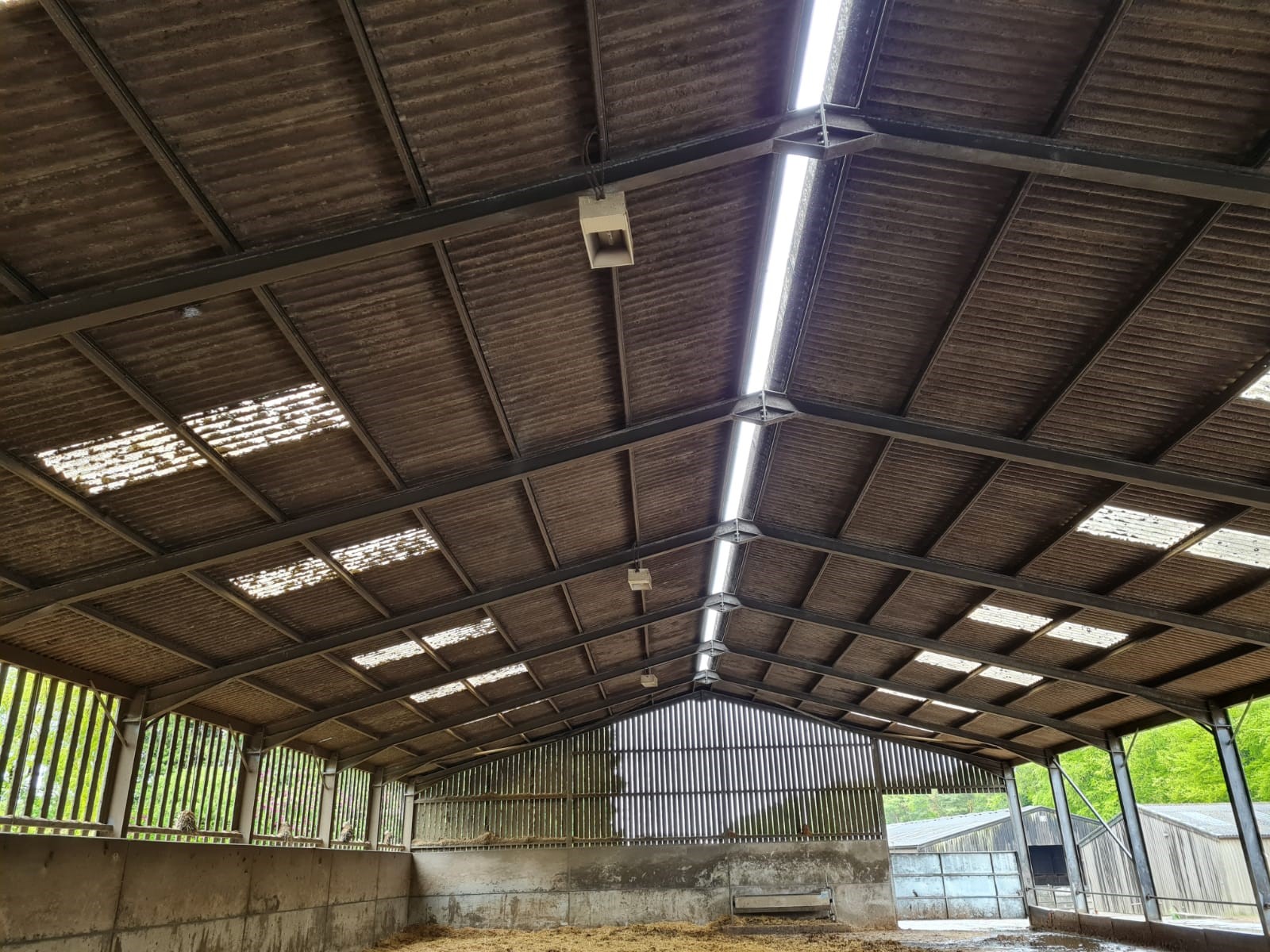
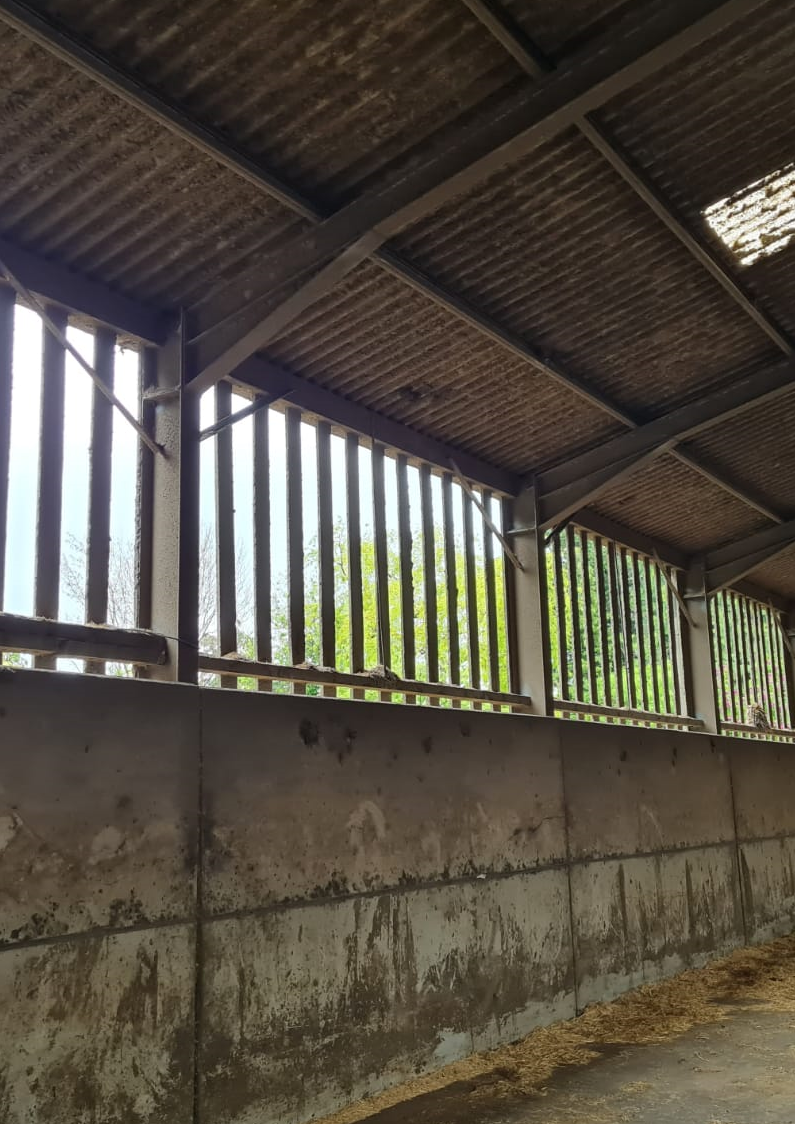 The highs shed has pretty good natural ventilation due to the open side and the open ridge. Removing every other space board at the back of the shed will allow more inlet at that side (this side does not get the prevailing wind so this should not leave the cows overexposed to the elements).
The highs shed has pretty good natural ventilation due to the open side and the open ridge. Removing every other space board at the back of the shed will allow more inlet at that side (this side does not get the prevailing wind so this should not leave the cows overexposed to the elements).
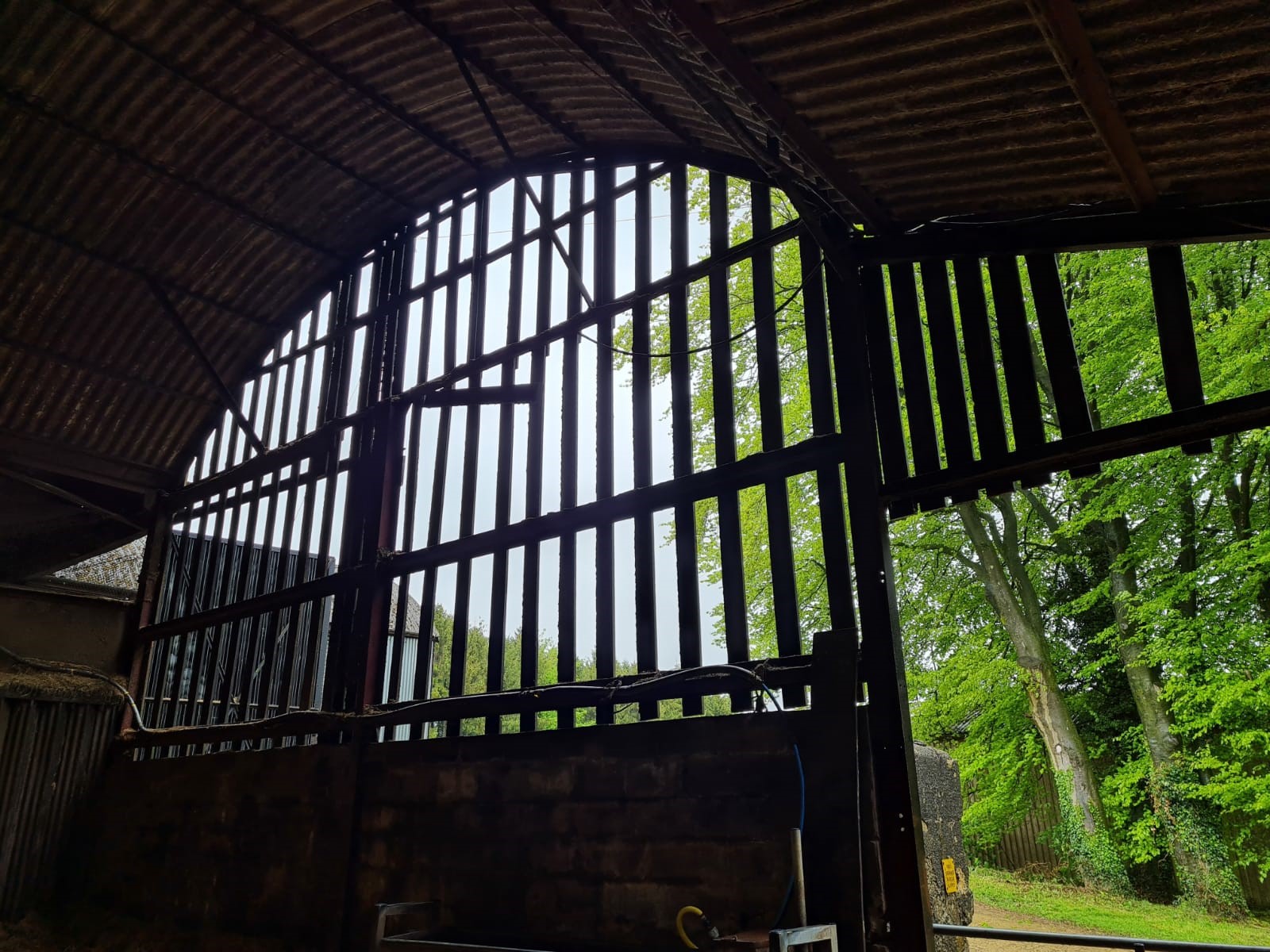
The top of the Irish shed has good natural ventilation, but the bottom does not. Mechanical ventilation or creating further air inlet was needed, so again more boarding was removed at the end of this shed (pictured).
Only tipping water troughs when necessary and scraping the water out straight away will reduce moisture build up in the shed.
6 Months later
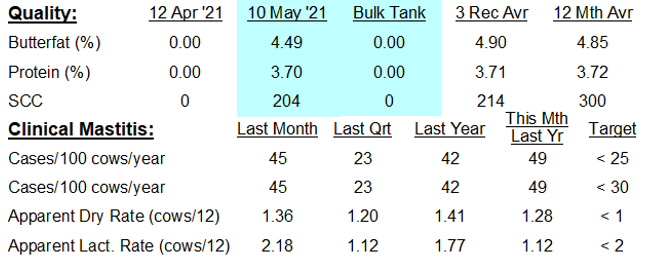
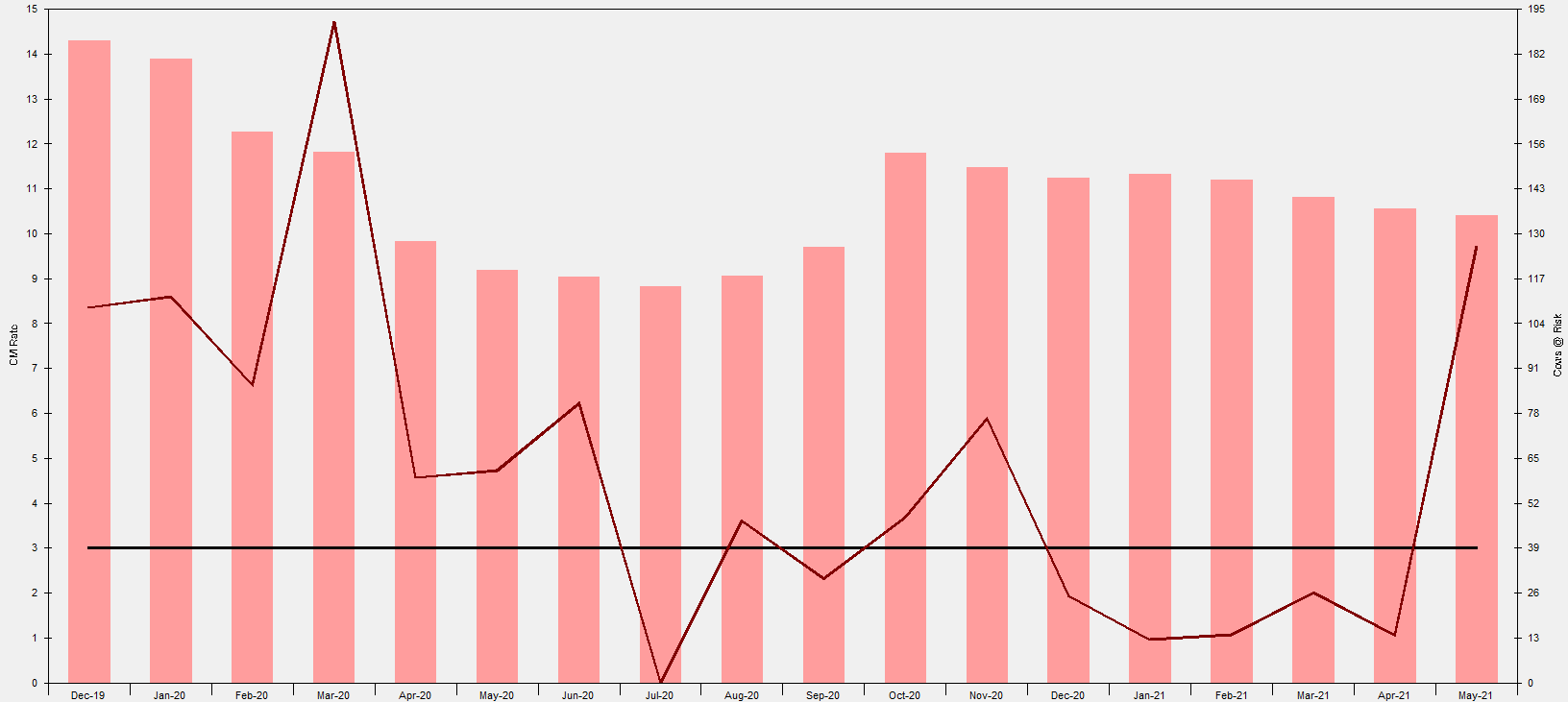
The bulk cell count rolling average for the last 3 months is 214 clinical mastitis rates are below target for the last quarter.
There were other smaller changes made to treatment protocols and dry cow therapies, but I think the straw management and ventilation changes were the most significant.From the line we can see mastitis rates over this winter are much improved compared to the previous year.
Abortion reporting
APHA have confirmed the end of the Brucella abortion reporting pilot of which we were a part. From now on all cattle abortions must be reported by farmers directly to APHA.
 Gus Cassie
Gus Cassie
Gus is the latest addition to the farm vet team and started on 1st June. He qualified in 2019 and has been doing mixed practice in Cumbria for the last two years.
Wishing you all well, Will



